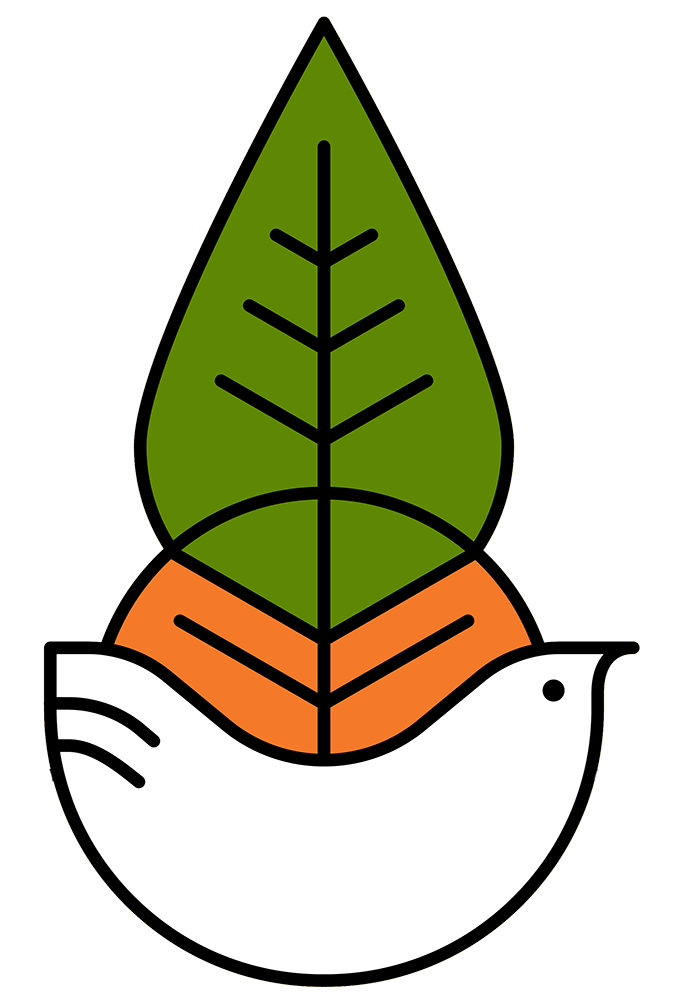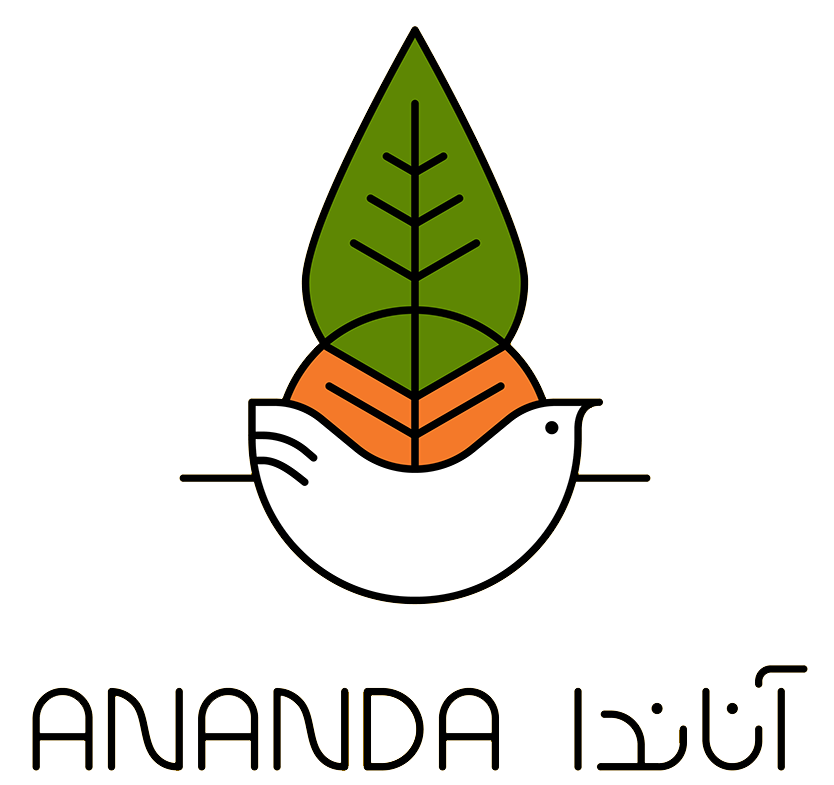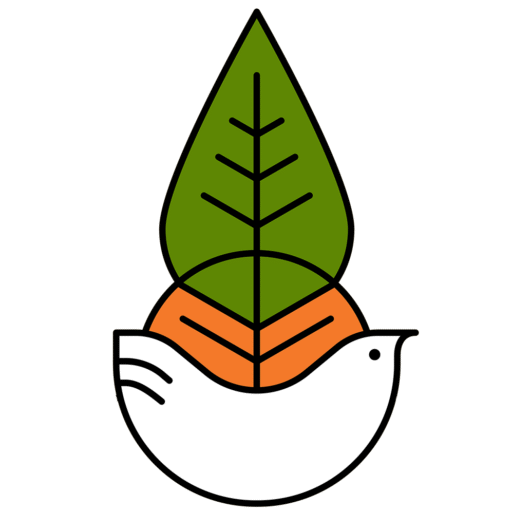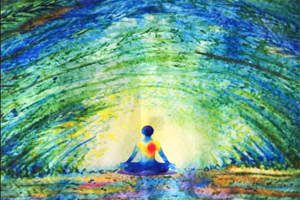By Setareh Kiumarsi
Vajrasana… The Magic of Digestion
Is your digestion slow? Do you often feel bloated? Is your stomach not functioning properly? Don’t feel like exercising or doing complex asanas and just want a simple solution?
There’s a magical asana called Vajrasana, which literally means thunderbolt. At first glance, it seems like a simple posture with no special benefits… you might even think, “This is just sitting on my heels! How can it help my digestion?”
In the body, there are specific points called Marma points, which carry vital energy. Stimulating each of these points activates certain organs and influences the qualities of heat, cold, dryness, and moisture in that organ.
When you sit in Vajrasana, several Marma points in the lower body are specifically stimulated:
- Sphij
- Indra Basta (posterior)
- Gulpa (medial)
What Happens in the Body When These Points Are Stimulated?
- Peristaltic movements in the intestines increase.
- Digestion improves.
- Accumulated toxins in the colon are directed downward.
- The abdominal organs work more efficiently.
- Trapped gas in the pelvic area is released, reducing bloating.
- Menstrual cycles are regulated.
- Blood circulation in the lower body improves.
- Kidney function is regulated.
- Swelling and water retention in the lower body decrease.
- Supports relief from sciatica.
- Balances the first chakra (Manipura).
- Helps balance Vata and Kapha doshas.
When to Practice Vajrasana
- If you suffer from constipation: In the morning, after drinking a large glass of warm water (with a few drops of lemon juice + a pinch of salt + 1 heaping teaspoon of honey), sit in Vajrasana for 5–20 minutes and meditate. This activates Agni (digestive fire) and promotes downward movement in the intestines.
- If your digestion is sluggish: Sit in Vajrasana for 5–20 minutes immediately after a meal to significantly improve digestion.
Important Tips for Practicing Vajrasana
- Keep your spine straight and avoid slouching.
- Breathe deeply, consciously, and diaphragmatically while in the posture.
Be full of health and vitality.
Please be sure to credit the author, Setareh Kiumarsi, when sharing or republishing this article, which was written with love and the hope of well-being for all.






